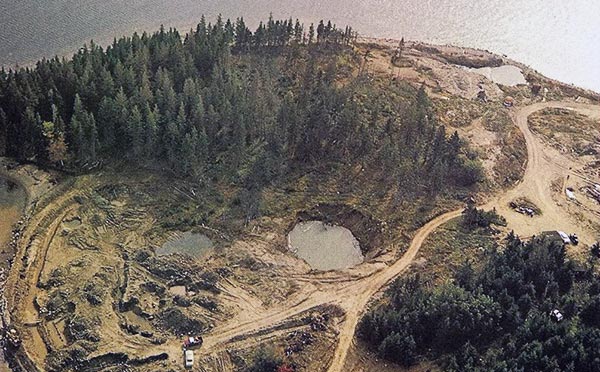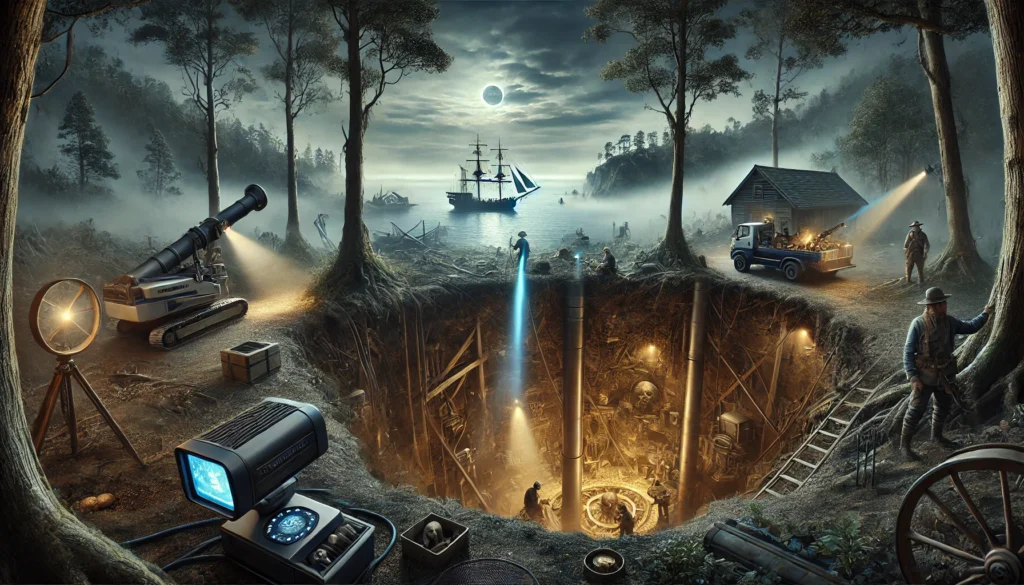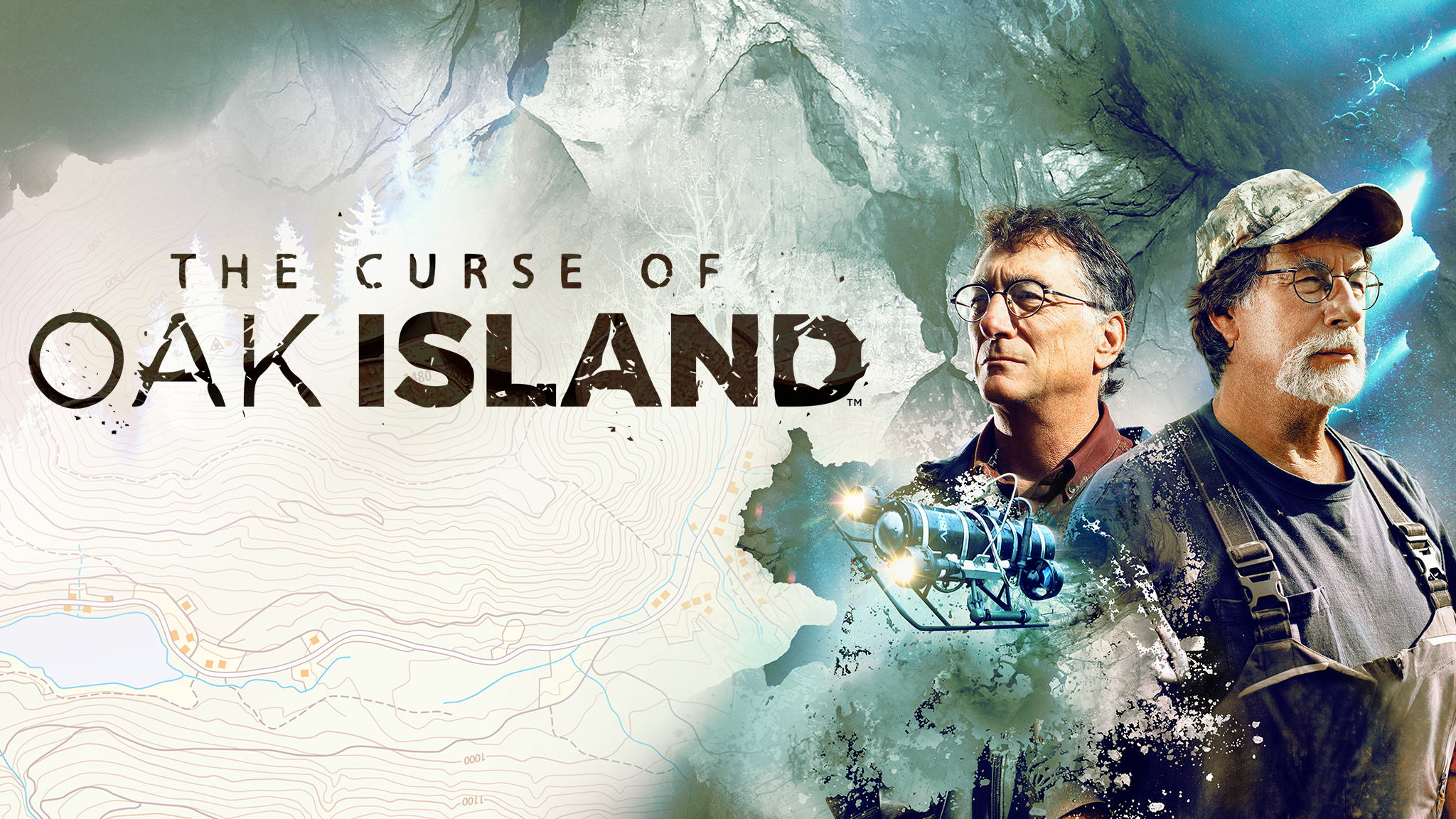The Oak Island Money Pit is one of the most enigmatic and captivating mysteries in the history of treasure hunting. Located on Oak Island, a small island off the coast of Nova Scotia, Canada, the Money Pit is a deep shaft that has intrigued adventurers, researchers, and treasure hunters for over two centuries. Believed to be the site of hidden riches, the Money Pit’s elusive treasure and intricate construction have made it the subject of countless theories, expeditions, and television shows.


What Is Oak Island Money Pit? A Historical Perspective
The tale of the Oak Island Money Pit began in 1795 when Daniel McGinnis, a young local, stumbled upon a peculiar depression in the ground. Along with two friends, he excavated the area, discovering wooden platforms at regular intervals. This finding suggested that the site was not natural but man-made, sparking speculation about hidden treasure. Over time, this mysterious shaft earned the name “Money Pit,” and its fame spread far beyond Nova Scotia.
The Oak Island Money Pit history includes numerous discoveries and failed attempts to uncover its contents. Wooden planks, flood tunnels, and scattered artifacts have been found, pointing to a sophisticated design and hinting at the possibility of a hidden treasure. Yet, the question remains: Is the Oak Island mystery solved?
Theories Surrounding the Money Pit
The Oak Island Money Pit has inspired numerous theories about its origins and purpose. Some of the most popular theories include:

- Pirate Treasure: One of the most enduring theories is that the Money Pit was created by pirates, such as Captain Kidd or Blackbeard, to safeguard their ill-gotten wealth. The presence of intricate booby traps and layered platforms supports the notion of a treasure meant to be protected from theft.
- The Knights Templar: Some believe that the pit was built by the Knights Templar to hide sacred relics, such as the Holy Grail or the Ark of the Covenant. Proponents of this theory point to the island’s mysterious symbols and legends as evidence of a deeper connection to the Templar order.
- Shakespearean Manuscripts: Another theory suggests that the pit contains lost manuscripts or treasures related to William Shakespeare, possibly hidden by Francis Bacon or other contemporaries to preserve secrets or conceal authorship.
- Spanish Treasure Fleet: Some speculate that the Money Pit was used to hide gold and silver from Spanish treasure ships. This theory ties into the historical context of piracy and colonial exploits in the Atlantic.
- Native Mi’kmaq Involvement: A less discussed but significant theory posits that the Mi’kmaq people, indigenous to the area, could have created the pit for ceremonial or burial purposes, adding a cultural layer to the mystery.
- Natural Sinkhole: Skeptics argue that the Money Pit may simply be a natural geological formation, and the “evidence” of treasure is purely coincidental. The regular wooden platforms could be misinterpretations of natural debris or settlers’ activities unrelated to treasure.
- Freemasons’ Influence: Another fascinating idea ties the Money Pit to Freemasons, suggesting it might be a repository of Masonic secrets or treasures, inspired by the order’s penchant for hidden symbols and cryptic architecture.
Discoveries in the Oak Island Money Pit
Over the years, several intriguing artifacts and features have been unearthed in and around the Money Pit, deepening the mystery surrounding its origins. The significant findings that have added to the Oak Island Money Pit history, include:
- Old Coins: Coins from various periods and regions have been found on the island, suggesting historical activity and trade connections that predate the modern treasure hunts.
- Parchment Fragments: Pieces of paper with writing, including what appears to be the letter “V” or “VI,” hint at the possibility of historical documents being buried within the pit.
- Coconut Fibers: These were discovered in large quantities in the island’s drainage systems. Since coconuts are not native to Nova Scotia, this finding indicates potential connections to tropical regions, possibly brought by seafarers or traders.
- Stone Inscription: A mysterious stone inscribed with symbols was reportedly discovered at a depth of 90 feet. The symbols were interpreted by some as a code indicating treasure, although the authenticity of the stone remains debated.
- Flood Tunnels: Ingeniously designed flood tunnels, which connect the Money Pit to the surrounding ocean, were uncovered. These tunnels serve as booby traps to deter excavation efforts and highlight the advanced engineering capabilities of the original builders.
- Scattered Artifacts: Items such as old nails, tools, and fragments of wooden structures have been unearthed, some dated to periods before the 18th century. These provide clues about earlier activity on the island.
Despite these discoveries, no definitive treasure has been recovered. The Oak Island Money Pit treasure remains elusive, leaving the mystery unresolved. However, each finding adds a layer of intrigue to the enduring puzzle of the Money Pit, fueling speculation and ongoing exploration.
Modern Efforts to Solve the Mystery
The mystery of the Oak Island Money Pit gained renewed attention in recent years thanks to the History Channel’s series “The Curse of Oak Island.” The show follows the efforts of brothers Rick and Marty Lagina as they invest time, money, and technology into uncovering the secrets of the Money Pit. The series has brought global attention to the search, inspiring a new generation of enthusiasts and researchers.

Advanced techniques, including sonar mapping, ground-penetrating radar, and 3D seismic imaging, have revealed hidden underground structures, anomalies, and potential treasure vaults. Metal detection surveys have uncovered coins, tools, and other metallic objects, some dating back several centuries, adding further intrigue. Archaeological excavations have unearthed wooden structures, drainage systems, and evidence of early mining activities, supporting theories of advanced engineering.
One significant discovery made during recent efforts is the “U-shaped structure,” a wooden construction believed to be part of an ancient cofferdam used to protect the area during its original construction. Additionally, core drilling has uncovered materials such as gold traces and fragments of precious metals, sparking renewed hope of a hidden hoard.
Despite these advancements, the search remains fraught with challenges. The complex network of flood tunnels continues to impede excavation efforts, and the unstable terrain requires careful planning and execution. However, the use of cutting-edge technology and the dedication of the Lagina brothers and their team have brought the search closer to uncovering the truth than ever before.
The ongoing exploration of the Oak Island Money Pit exemplifies the enduring appeal of the mystery and the indomitable spirit of those determined to solve it. Each new clue not only deepens the intrigue but also keeps the dream of discovering the treasure alive.
Still, the question persists: Is Oak Island mystery solved? While no definitive treasure has been found, these efforts bring the search closer to a breakthrough.
Has the Oak Island Money Pit Treasure Been Found?
As of today, the Oak Island Money Pit treasure has not been conclusively found. Over two centuries of excavation efforts have yielded intriguing clues but no definitive proof of a treasure hoard. Among the discoveries are fragments of historical artifacts, tantalizing evidence of human activity, and advanced engineering features like flood tunnels and wooden platforms. However, none of these findings have confirmed the existence of a significant trove of riches.
One of the key challenges in uncovering the treasure is the pit’s complex design, which includes deliberate booby traps flooding the excavation site with seawater. Efforts to counteract these traps have led to additional discoveries of tunnels and shafts, complicating the search further. Modern technology, including sonar, ground-penetrating radar, and advanced drilling techniques, has enhanced the exploration process but has yet to yield definitive results.
Despite these challenges, the search for the Money Pit treasure persists, driven by the allure of solving one of history’s most enduring mysteries. Theories continue to evolve as new evidence emerges, keeping the mystery alive for adventurers, researchers, and enthusiasts worldwide. For many, the real treasure lies in the pursuit itself, the rich history unearthed along the way, and the hope that one day the secrets of Oak Island will be fully revealed.
Conclusion
The Oak Island Money Pit embodies the allure of mystery and the spirit of exploration. Whether it holds pirate gold, religious relics, or is merely a natural phenomenon, its story continues to captivate audiences worldwide. With ongoing efforts and modern technology, perhaps one day the truth about the Oak Island Money Pit treasure will finally be revealed.